Table Of Contents
Power BI Tutorial for Beginners
This Power BI beginners tutorial covers the basic learning techniques of data visualization. Considering the audience as beginners, this tutorial starts from scratch, thus eliminating confusion related to the topic.
In addition, this tutorial assumes that the user is proficient with the advanced formulas and concepts of MS Excel.
Table of contents
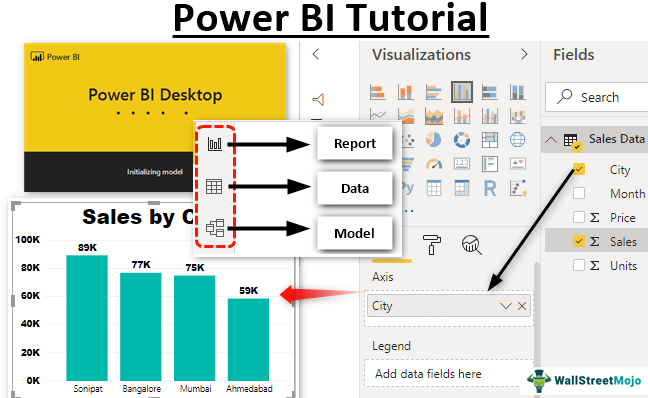
What is Power BI?
Power BI is a business intelligence tool that helps convert raw data into meaningful insights through dashboards, reports, and applications (apps). It helps visualize data from a variety of visual elements available.
For example, an organization may want to create a finance dashboard that displays profits, inventories, cash-in-hand, operating expenses, and so on. Alternatively, a sales dashboard shows the number of units sold in a particular region, earnings of a location, discounts and schemes offered to the general public, and so on.
The datasets are uploaded in the Power BI followed by visualizing and selecting the most appropriate representation. A user-friendly visualization helps ease the analysis of data.
The desktop version of Power BI is free of cost. Besides, one can also try the SaaS (software as a service) and the mobile supporting app.
The Availability of Power BI
The Power BI desktop is available on the Microsoft website. Alternatively, it can be downloaded from the following link.
Note: Prior to downloading, verify whether your Excel is 32-bit or 64-bit. Thereafter, the corresponding version must be installed.
Getting Started with Power BI Desktop
The steps for getting started with the Power BI desktop are listed as follows:
- Once the Power BI desktop has been installed, type "Power BI" in the search box, as shown in the following image. Click on the "Power BI desktop".

- Power BI takes some time to load. In the meantime, the "initializing model" is visible on the screen, as shown in the following image.

- The "sign-in" window, as shown in the following image, appears.

- Cancel the registration or the "sign-in" window and a complete Power BI file opens.

Power BI Desktop User Interface
Let us understand the Power BI user interface. The elements of the user interface are listed as follows:
- There are four tabs on the ribbon–Home, View, Modeling, and Help. These are similar to the menu options of MS Excel.
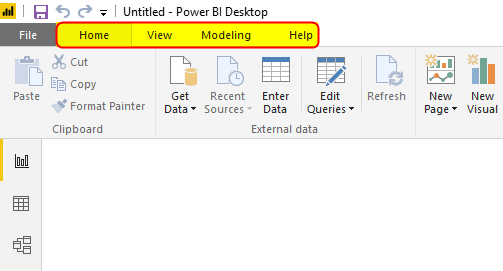
- In the working area of the Power Bi desktop view, there are three icons on the left side of the screen. These are–“report,” “data,” and “model.”
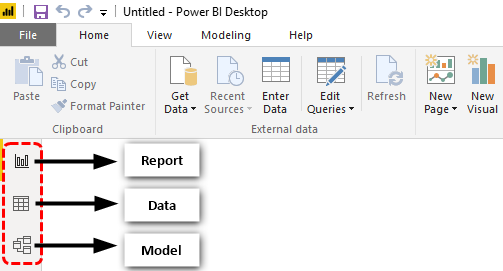
In the following pointers (a to c), the “report,” “data,” and “model” tabs are discussed.
a. By default, the “report” workspace is visible, as shown in the following image. In this workspace, all the visualizations of data are created.
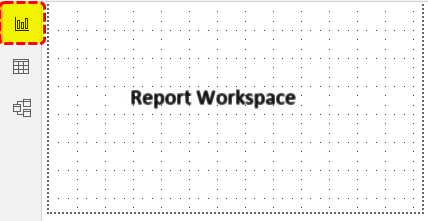
b. In the “data” tab, the uploaded data table information is visible.
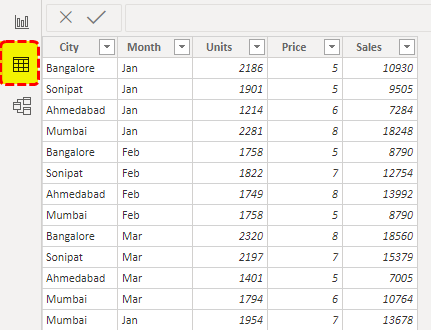
c. In the “model” tab, the relationship between two or more data tables can be seen. This is the case when more than one data table is uploaded.
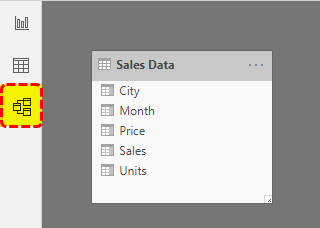
- On the right-hand side of the page are two tabs, “visualizations” and “fields.” By using these “visualizations,” we can create reports and dashboards from the “fields.” “Fields” are the column headings of the uploaded data table.
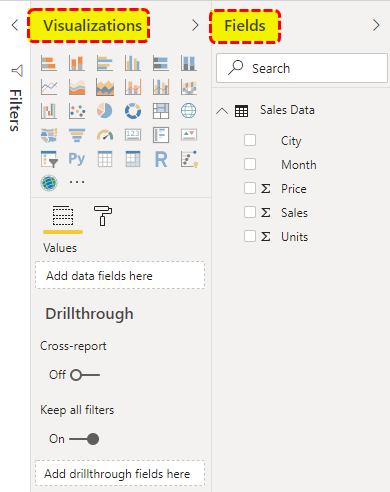
The Procedure of Uploading Data
Let us learn how to upload the data to the Power BI desktop. The succeeding image shows a sample dataset prepared in Excel. The steps to upload the given dataset are listed as follows:
Step 1: Keep the data ready in any of the mentioned file extensions–Excel, text/csv, xml, json, pdf, etc. The current dataset is in Excel format.
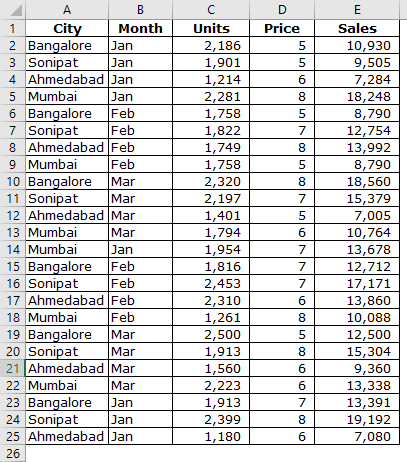
Step 2: In the Home tab, click on the “get data” drop-down list. Select the appropriate option depending on the type of data source. Since our data is in Excel format, we choose the same.
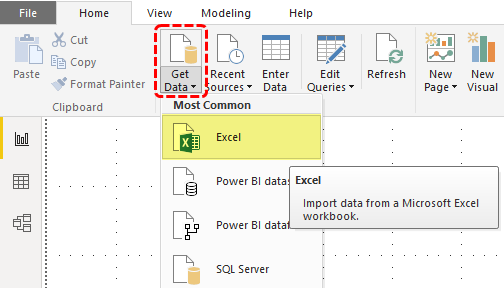
Step 3: Choose the desired file from a location on the computer. Go to the saved folder and select the file. Click “open” to upload the data.
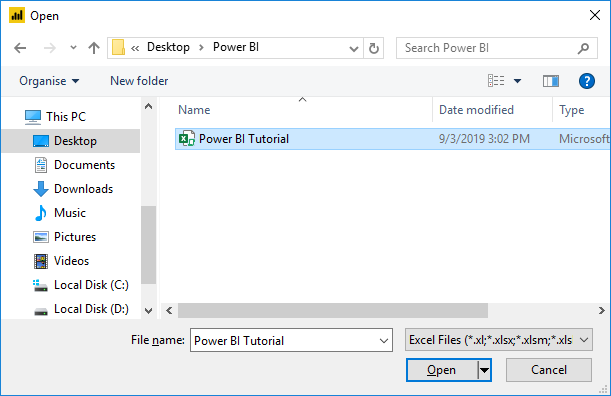
Step 4: The “navigator” window opens, as shown in the succeeding image. In this, we can edit the data using Power Query. Alternatively, we can upload the data as it is.
Step 5: Select the worksheet name (sales data) where the data resides. At the bottom, there are two options–the “load” and “transform data.” For editing the dataset, choose “transform data,” else click the “load” option.
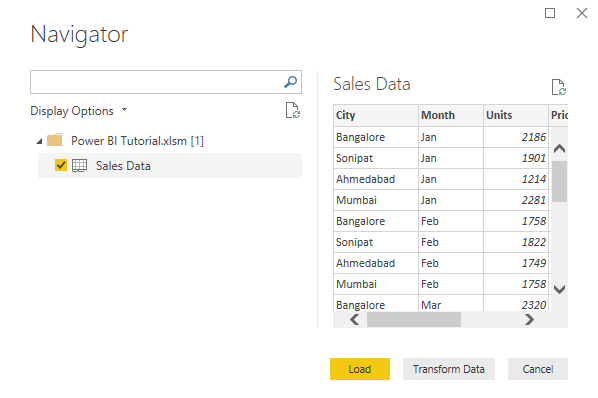
Step 6: In the “Data” option, the entire data table can be seen, as shown in the following image.
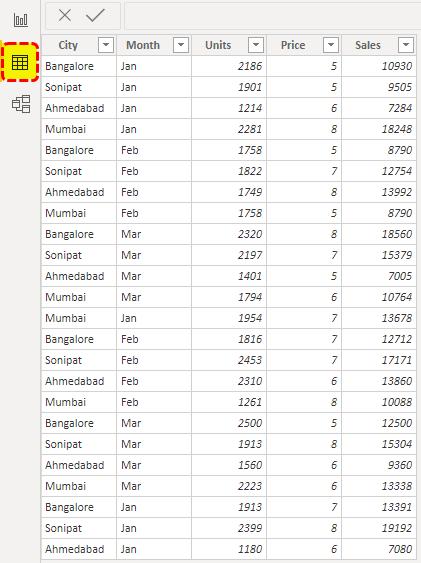
An Example of Creating Visualizations
Once the data is uploaded, we can create visualizations. The following steps serve as an example for such visualizations:
Step 1: In “fields,” all the data headings can be viewed.
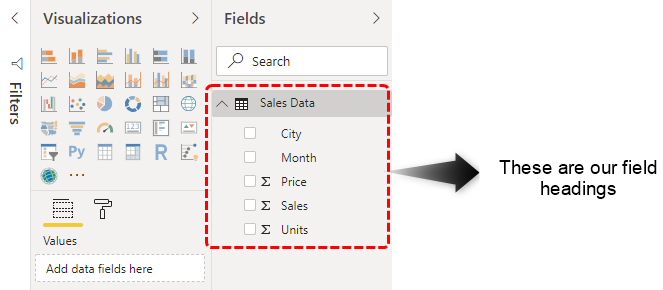
Step 2: To create overall sales numbers, choose the “card” visualization.
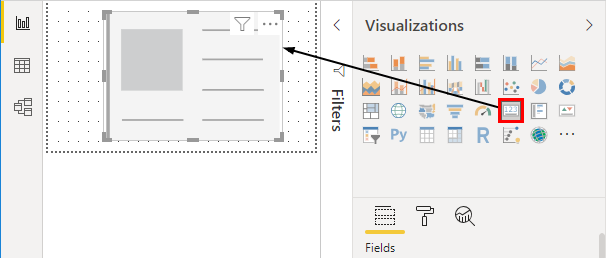
Step 3: Under “fields,” select “sales” to see the total sales numbers in the card, as shown in the following image.
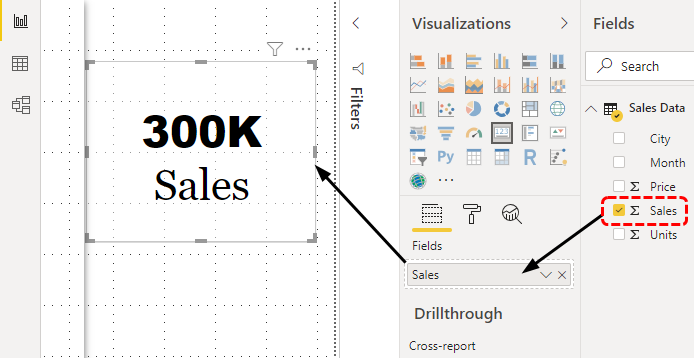
Step 4: To create a city-wise representation, choose the clustered column chart visualization icon. In “axis,” select “city,” and in the “value” field, select “sales.”
Likewise, you can use the different visual elements to create the desired dashboard.
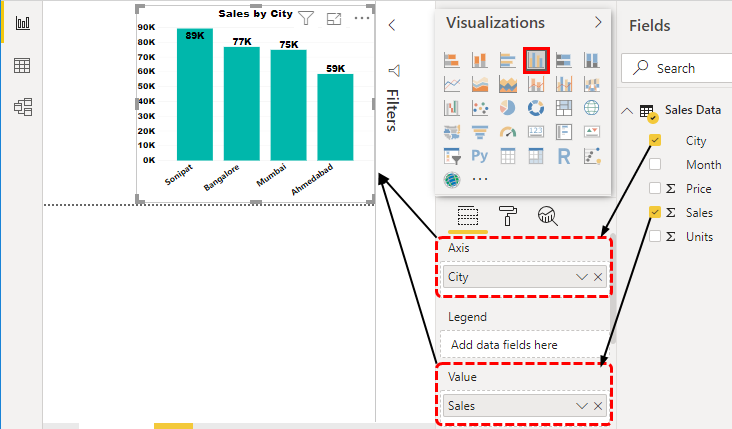
The Reasons for Using Power BI
The Power BI has a number of features which are of interest to a data professional. The reasons to learn Power BI are listed as follows:
- Power BI is one of the best visualization tools consisting of in-built dashboards and reports.
- The combination of Excel and Power BI is a powerful mix.
- A quick analysis is possible as the data refreshes automatically when the source is online.
- Power BI desktop is a major development of the power view of Excel. Sharing Power BI reports with users is seamless, allowing real-time collaboration and decision-making across teams.
Note: The refreshing time can be scheduled if the data uploaded to the Power BI is offline.
Frequently Asked Questions
1. What is a Power BI tutorial?
The Power BI tutorial is a guide which discusses all aspects of the Power BI tool. This includes the definition, reasons to use, the process of getting started, components of the user interface, and so on.
The Power BI is a business intelligence tool which helps visualize the uploaded data from the different sources. Such visualizations are then incorporated in the form of dashboards and reports for the end-users.
Prior to uploading the dataset, it must be kept ready in the format accepted by the tool. Once data is loaded, the "visualizations" tab can be used for a better presentation of the data.
2. How does the Power BI desktop work?
The desktop version of the Power BI works as follows:
• Connect data sources - The data from multiple sources are connected (including databases, cloud apps, and API to Power BI integrations). Such connections make it easy to update data by refreshing.
• Create data models - The data models are created to provide insights to the data repository. The queries of analysts related to the models, dashboards, data connections, etc., are addressed at this stage.
• Apply visualization methods - The data models are converted into reports with the help of the visualization techniques available on the Power BI tool.
• Share reports - The reports are shared with the other users to build upon the existing model. Since sharing helps connect with others on the entire process of designing, it simplifies the procedure of generating business reports.
3. Is Power BI better than MS Excel?
The Power BI is preferred over the MS Excel for the following reasons:
• The Power BI facilitates data sharing, which is tedious with Excel.
• The Power BI refreshes data automatically and displays improved visualization techniques.
• The Power BI can process much larger datasets at a faster processing speed than Excel.
The MS Excel is preferred over the Power BI for the following reasons:
• Excel can create tabular style reports, which cannot be easily prepared with Power BI.
• Excel can perform quick calculations with the help of a variety of its functions, thereby making it a comprehensive tool.
• The chart and graph features provided by Excel are more advanced than those of Power BI.
Hence, selecting from the two tools requires the user to think about issues like cost of the tool, size of data, quality of visualizations, collaboration with the team, and so on.
Recommended Articles
This has been a guide to Power Bi Tutorial for Beginners. Here we discuss what is Power BI excel and how to use it along with step by step examples You can learn more about data visualization from the following articles -
- Power BI RANKX Function
- Conditional Formatting in Power BI
- Power Query in Excel
- Power BI Tutorials
